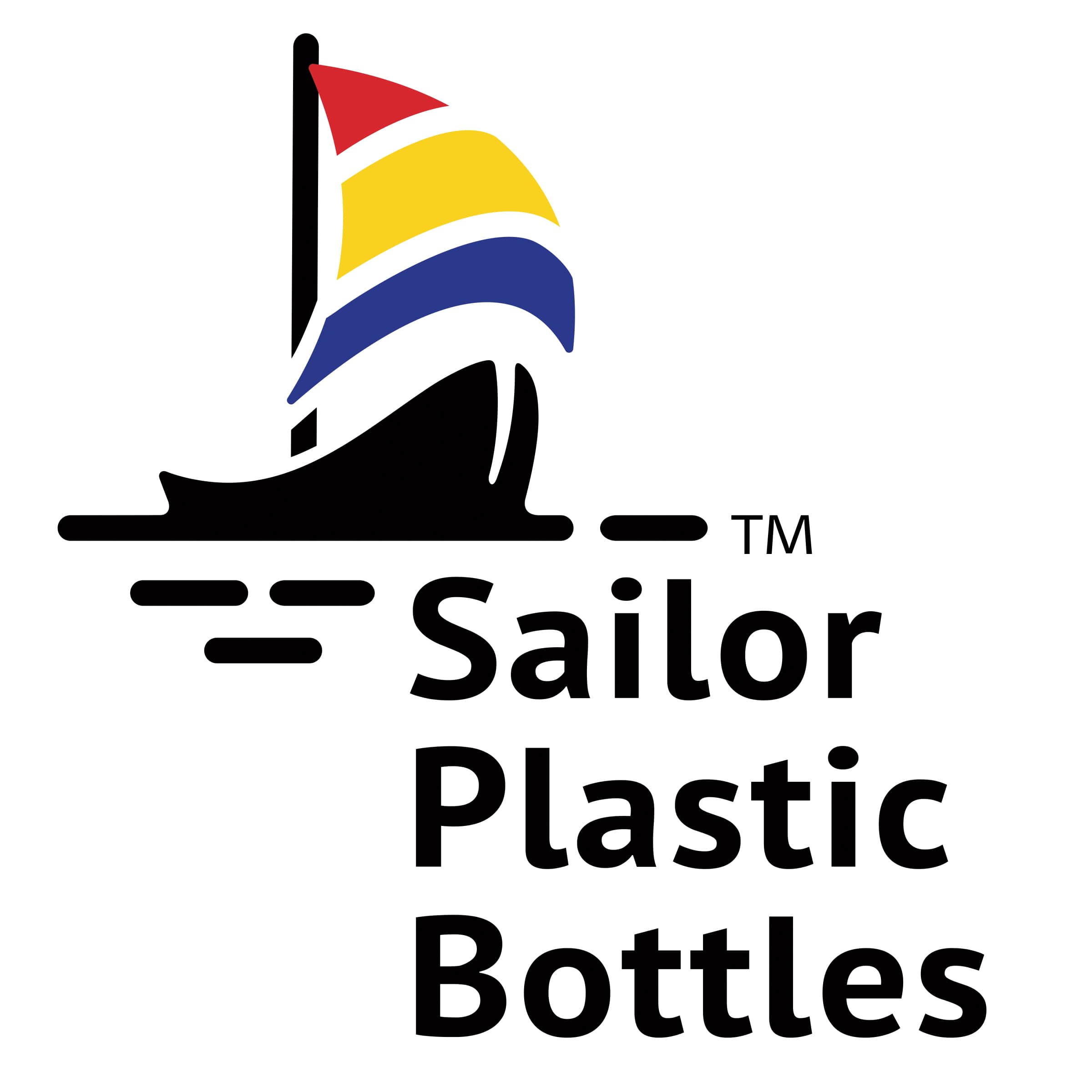Bottle Filling Processes Hot Fill vs. Cold Fill
There are many ways to process fresh juices and conduct bottle filling. Most of these bottle filling processes can be categorized as either a hot-fill or a cold-fill process. These processes depend mostly on the temperature of the product as it is being packaged. Today we are going to be taking a look at these processes and the way they can affect fresh juices during the packaging process.
The Hot Fill Process
The hot-fill bottle filling processes usually refer to packaging processes that require the juice product to be heated to temperatures above 140 degrees. The sterilized juice is then packaged in its plastic bottle packaging. The high temperature of the juice sterilizes the interior of the bottle. After the bottles are sealed, the bottles are inserted into machines that cool them to a normal temperature.
Due to the length of time the juice is heated, there can be changes to the color, taste, and nutritional value of the juice, and multiple sterilizations can have negative effects on the juice. Hot-fill processes also require PET bottles that can withstand temperatures above 92 degrees without warping or wrinkling.
Deciding whether Hot fill processing is the right fit for you depends on multiple factors. The process is the more popular of the choice, and is used by many juice manufacturers. However, there is the possibility of damaging the over quality of your juice, and stronger bottles that can withstand the temperature of hot-filling are more expensive. It is important to keep these factors in mind as you make your decision.
The Cold Fill Process
The cold-fill bottle filling process keeps the juice under 140 degrees, and includes processes like High Pressure Processing (HPP) and aseptic processes. These processes are done in environments that are completely sterilized and free of contaminants such as viruses and bacteria. HPP then also applies cold-water pressure to ensure the elimination of contaminants.
While cold-fill processes can ensure that the color, taste, and nutritional value of your fresh juice goes uncompromised, the process can be rather time-consuming. All equipment must be totally sterilized, along with the inside of the bottles and the caps. The process must also take place in an aseptic environment, which could mean the decontamination of a full room or more. This may mean extra costs in the way of cleaning products and the sterilization process in general.
The lack of heat does mean that standard PET bottles are the perfect fit for most cold-fill processes (HPP is not included as bottles must be able to withstand the pressure). This means that you will end up saving money on your packaging.
Conclusion
Both cold-fill and hot-fill processes come with their sets of advantages and disadvantages. It is important to consider the size of your operation, costs, and time commitments when deciding what type of process you want to use with your own juice. We hope this quick look into the world of hot and cold-fill processes was helpful to you as you consider these questions yourself.
Let us help you find your ideal packaging solution.
At Sailor Plastic Bottles, we truly want you & your business to succeed. And while we manufacture a wide assortment of plastic bottles, we know that sometimes you don’t know what type of bottle is best for your product. If that’s the case, give us a call. We have a ton of experience matching products to the right packaging container.
We’re proud to provide businesses in the food and beverage industry with high quality plastic packaging solutions. Whether honey bear, square, round, or oval shaped plastic bottles, Sailor Plastic Bottles has you covered. And we always deliver what we promise.
About the Author: Jessica Baker is a student at Minnesota State University- Mankato who is working towards an MFA in creative writing. She has helped work on business related blogs and product descriptions as an intern with Sailor Plastic Bottles.
